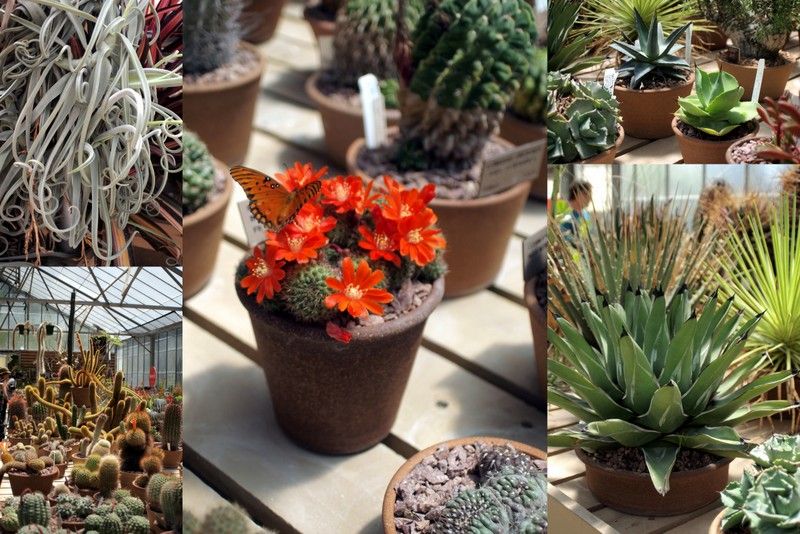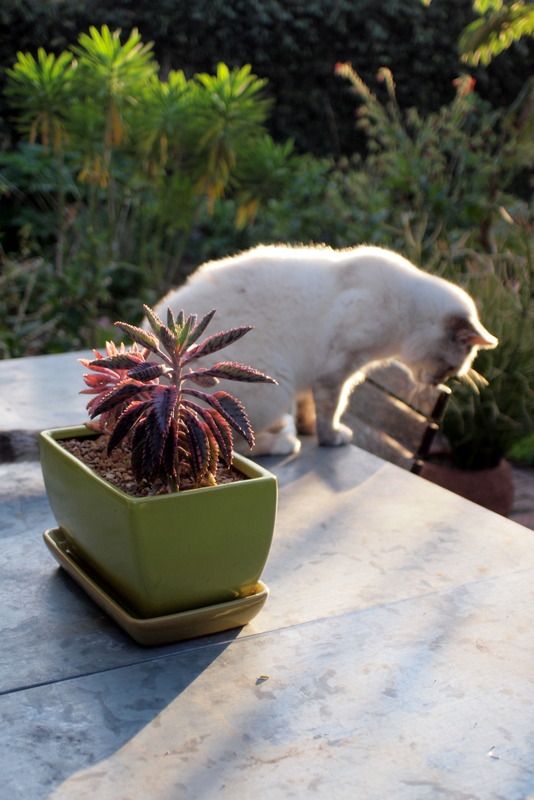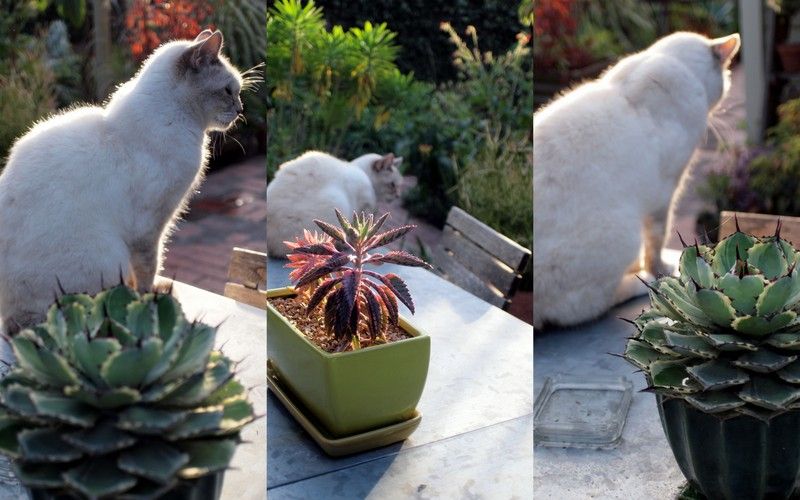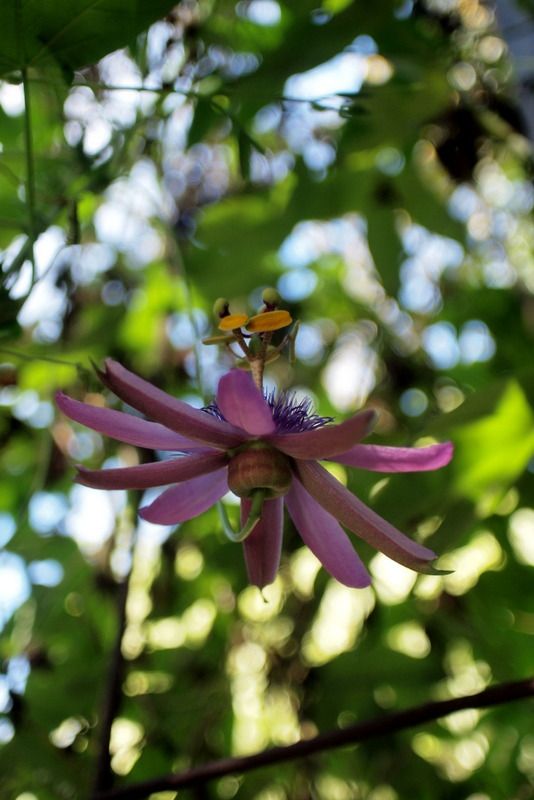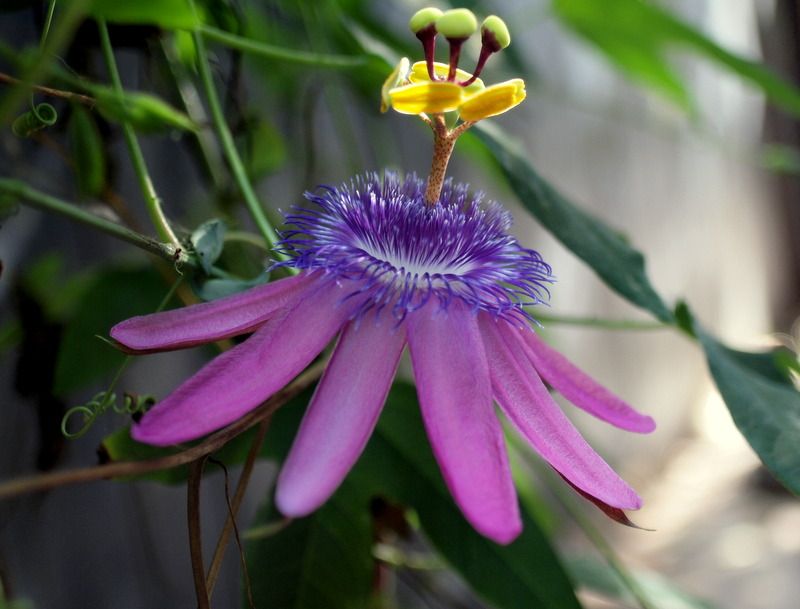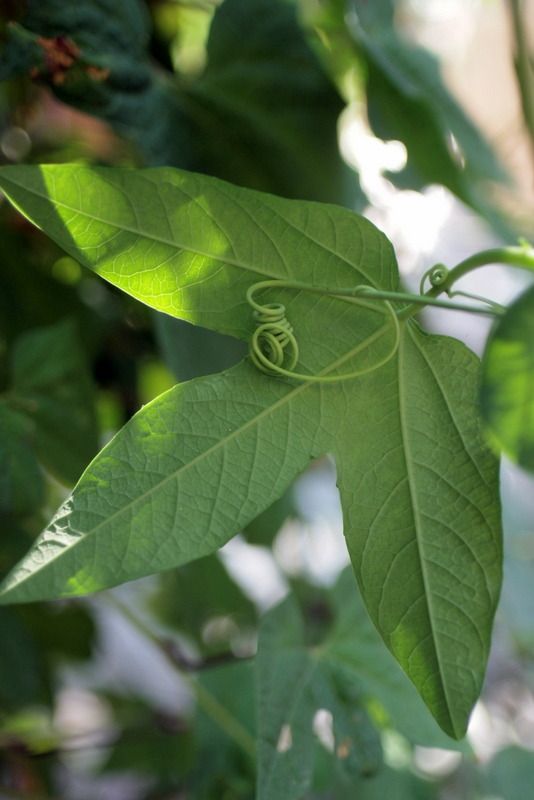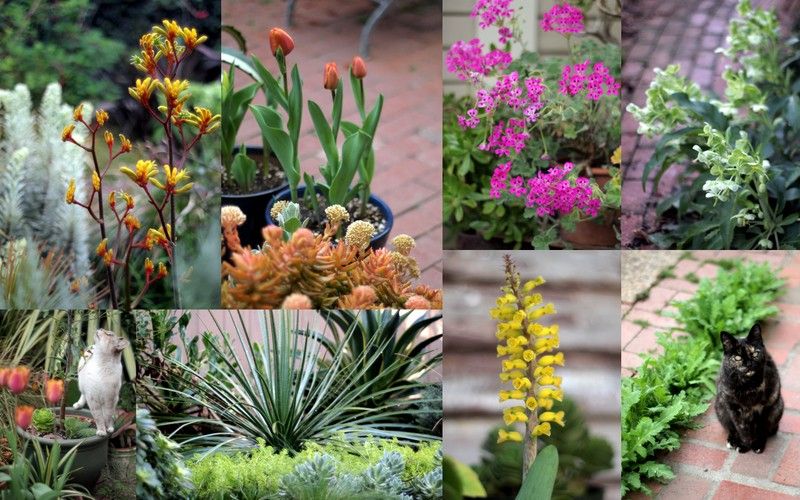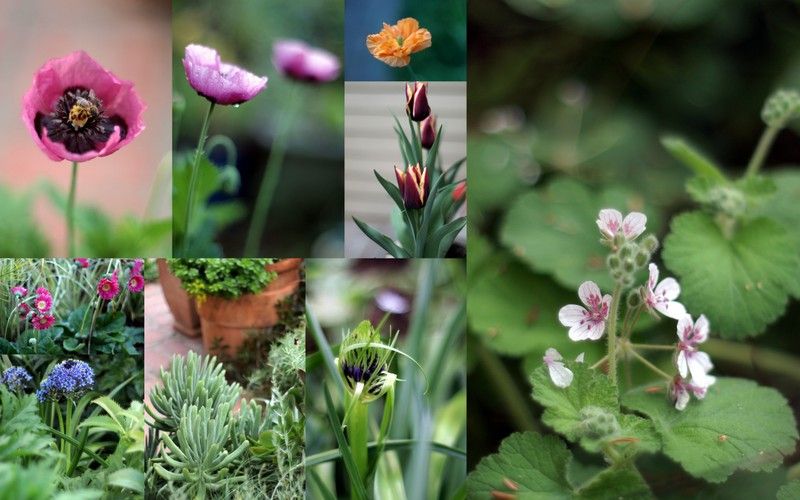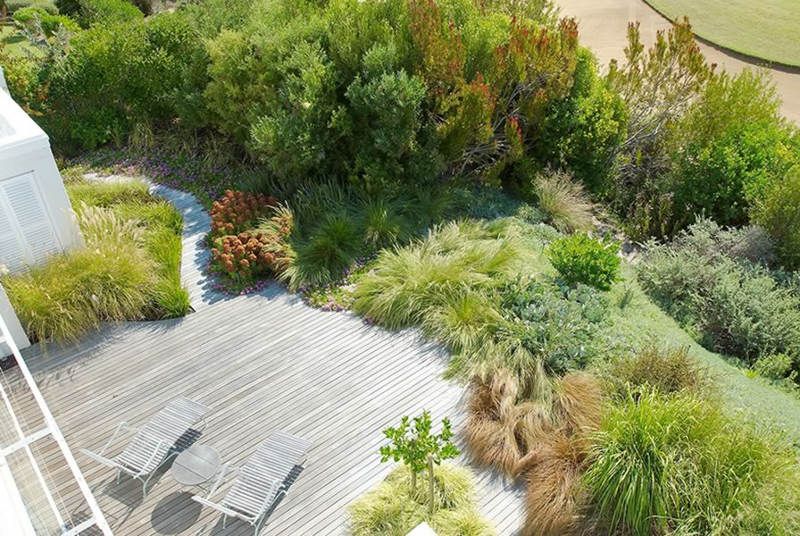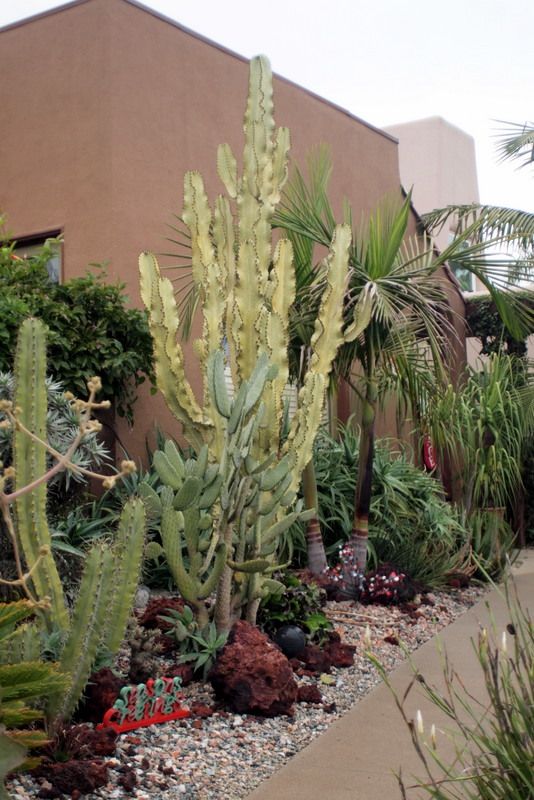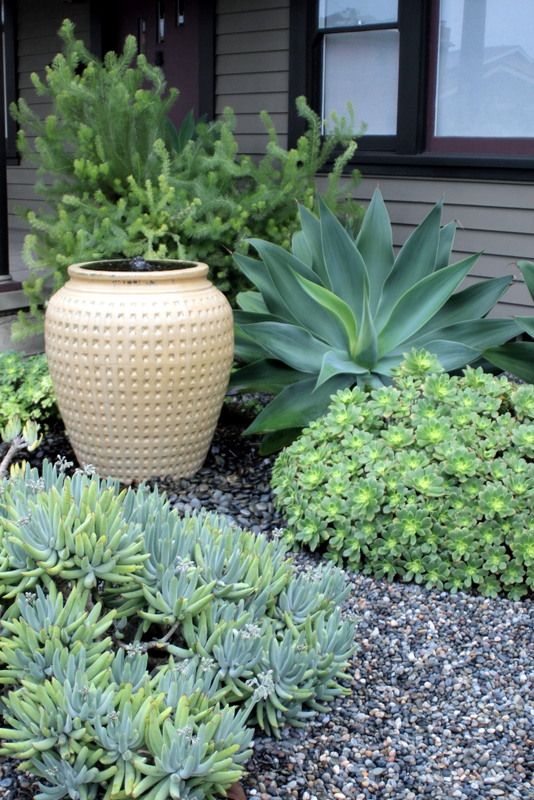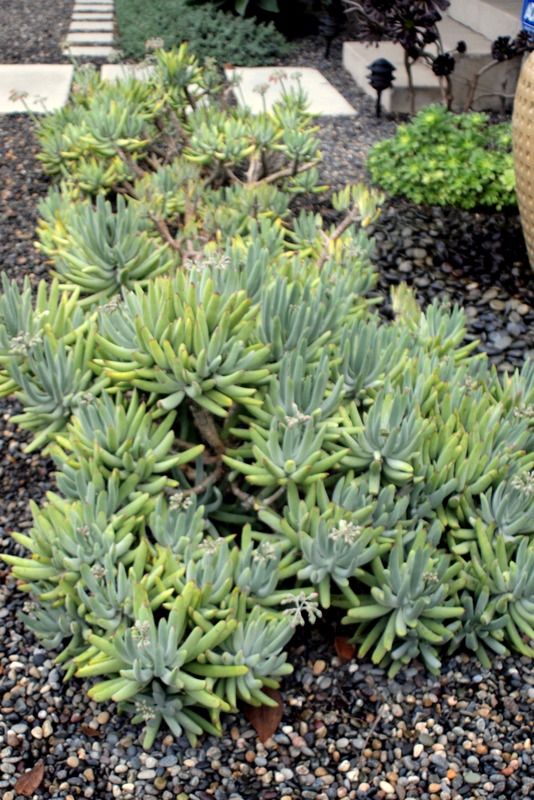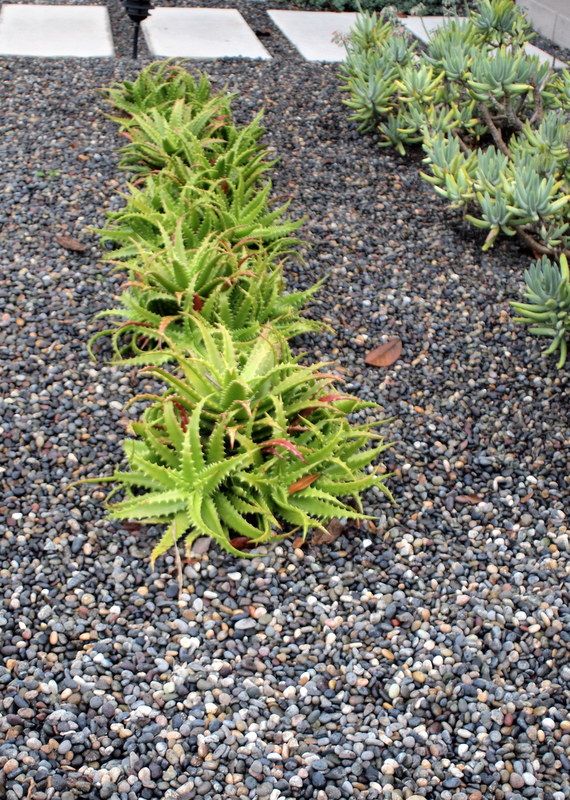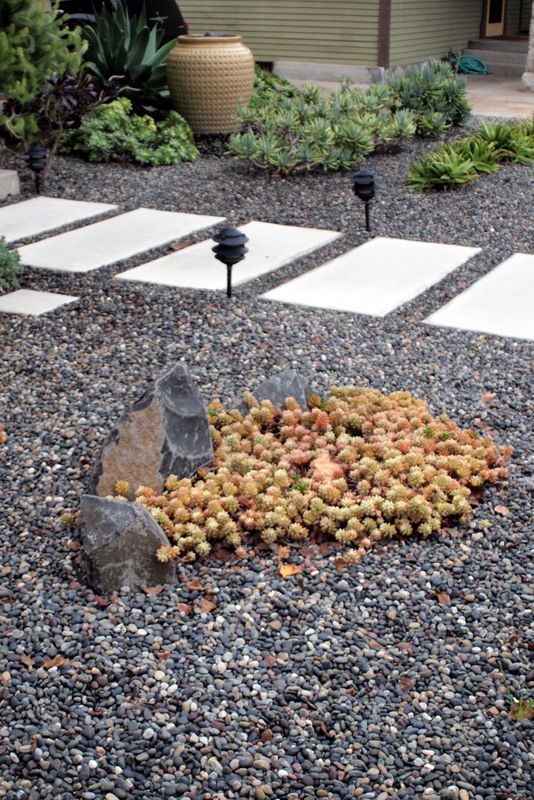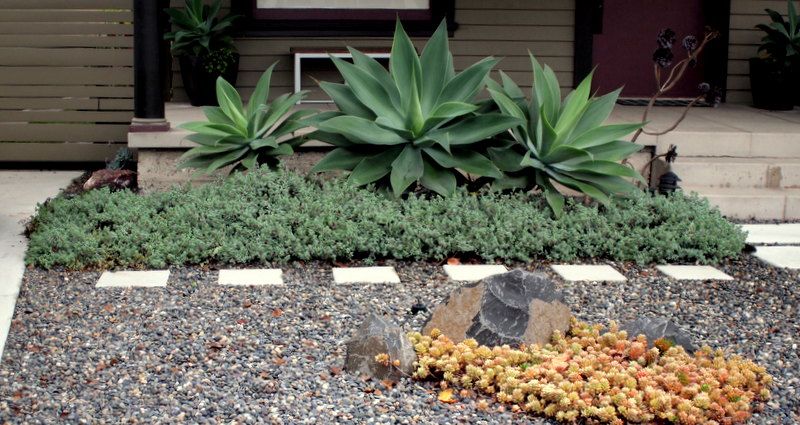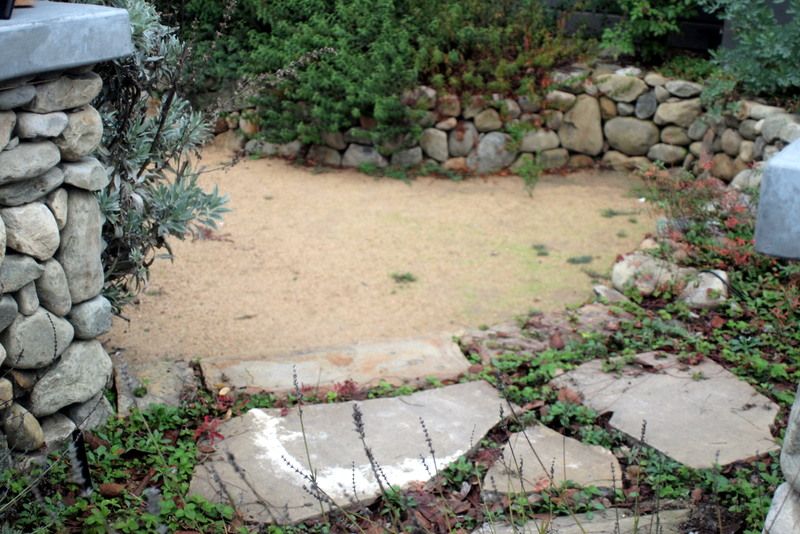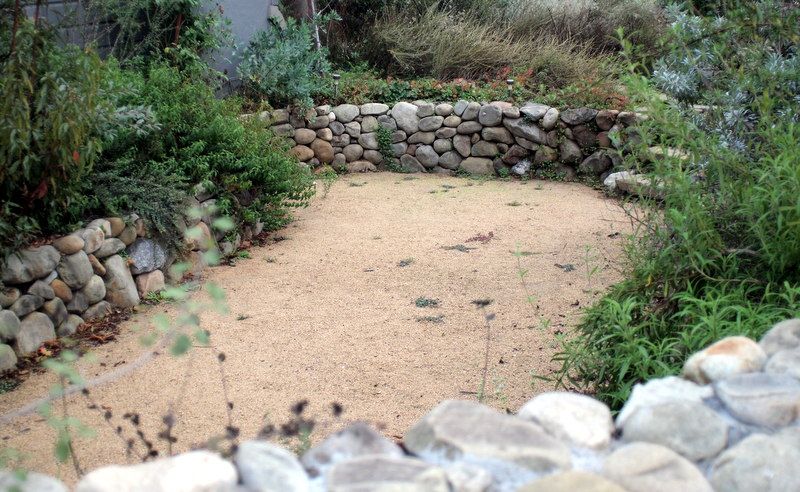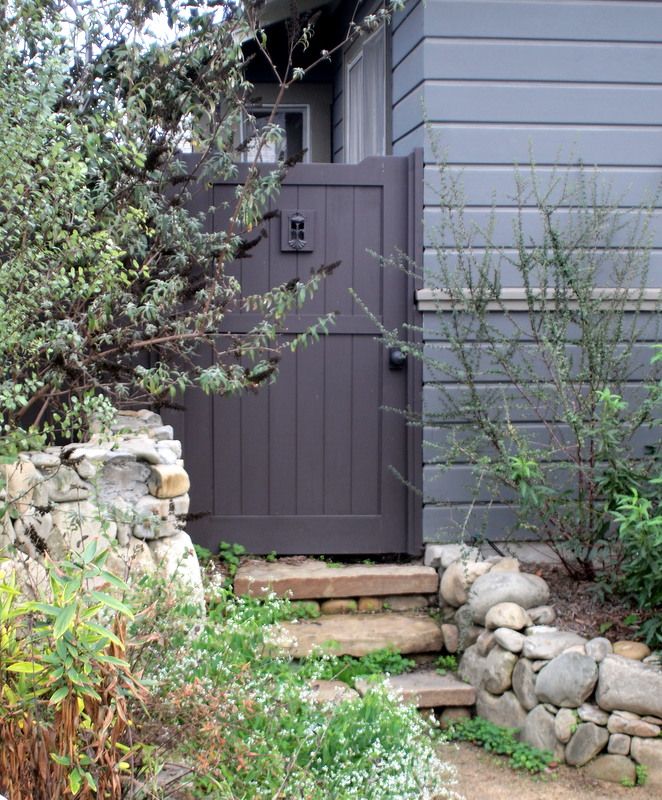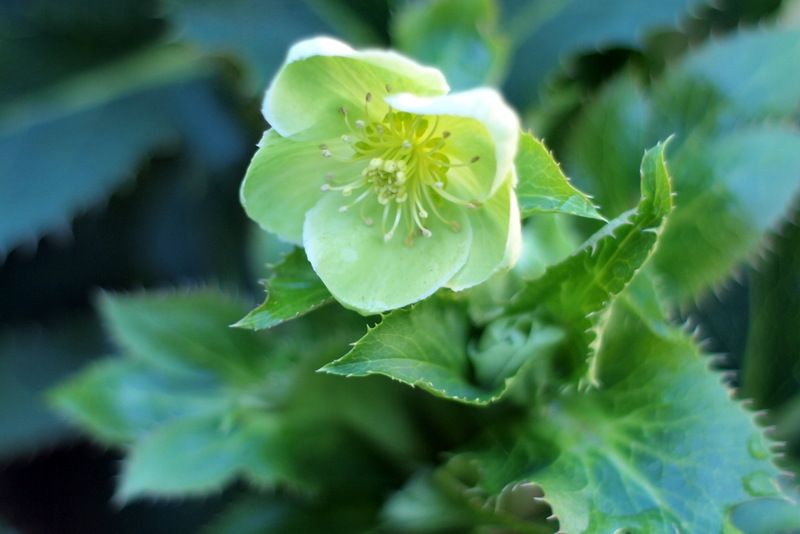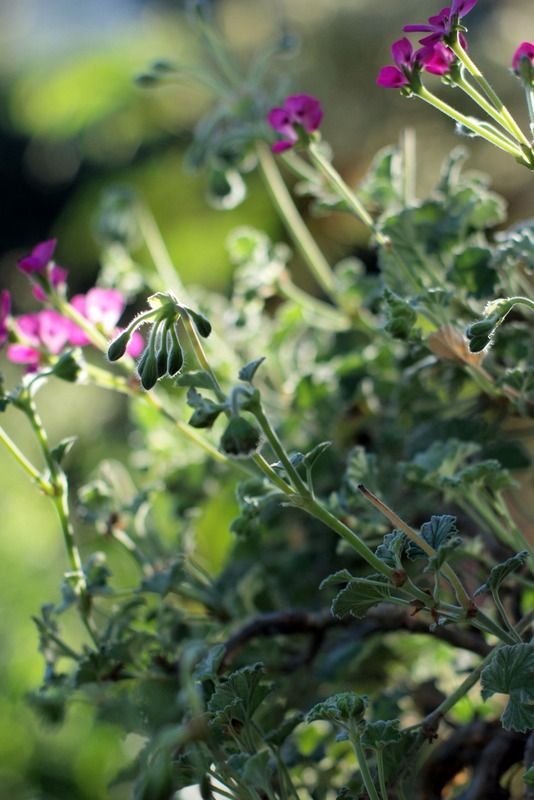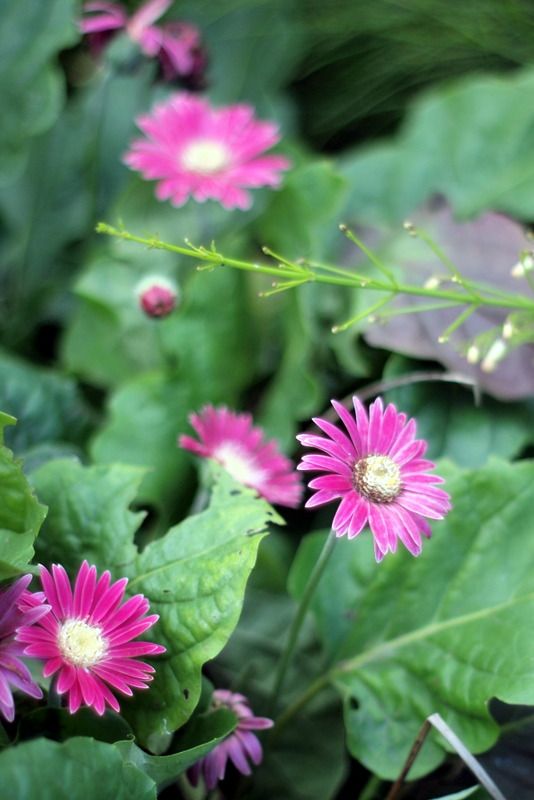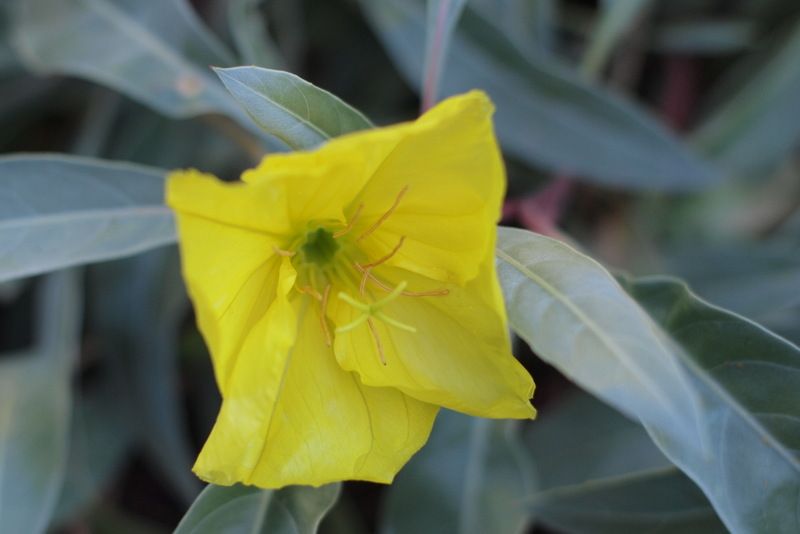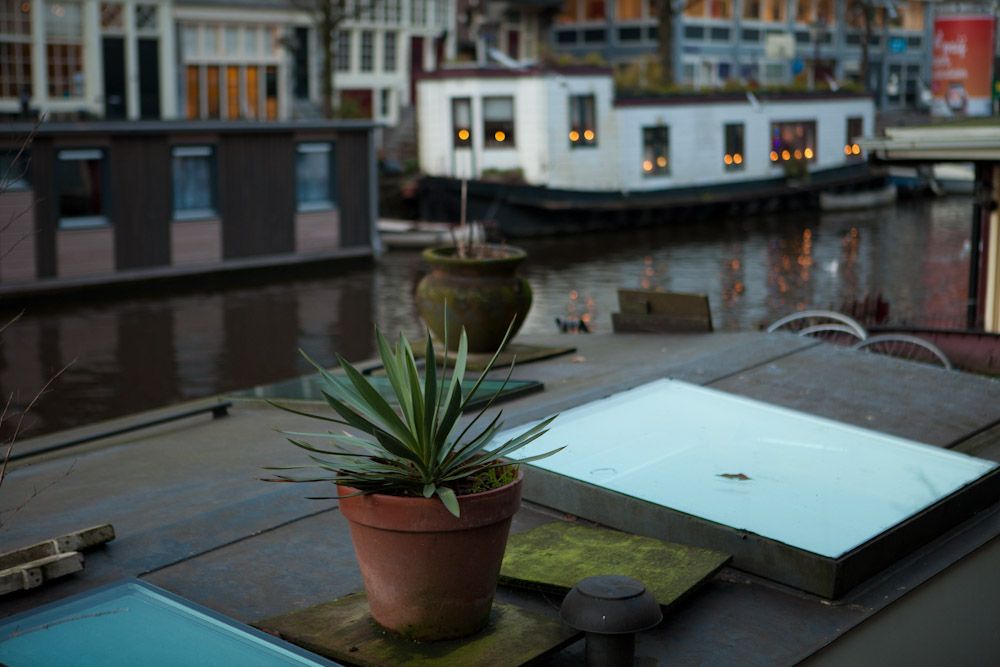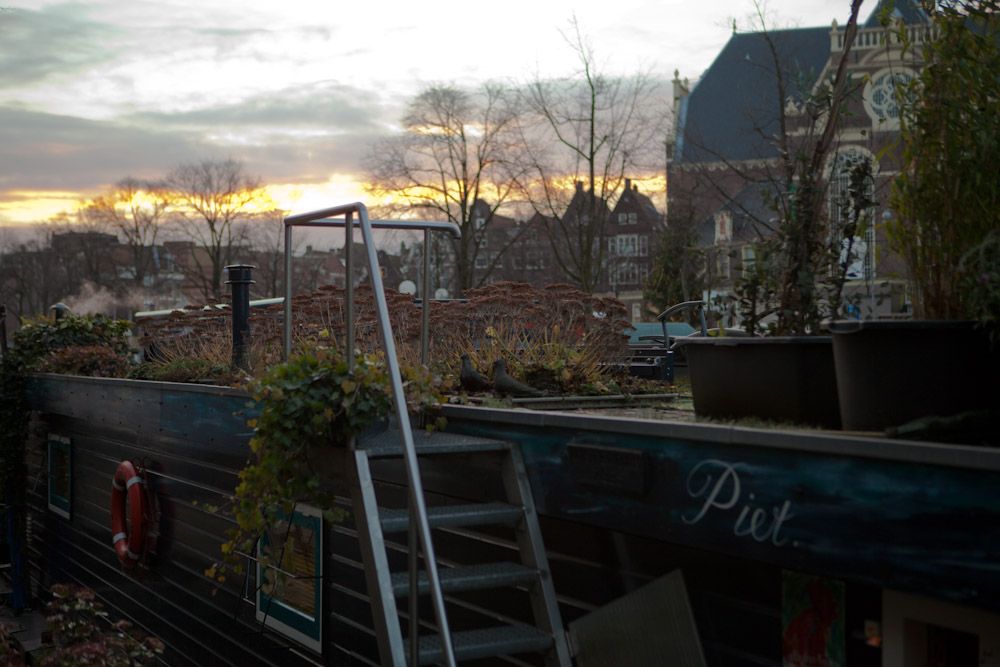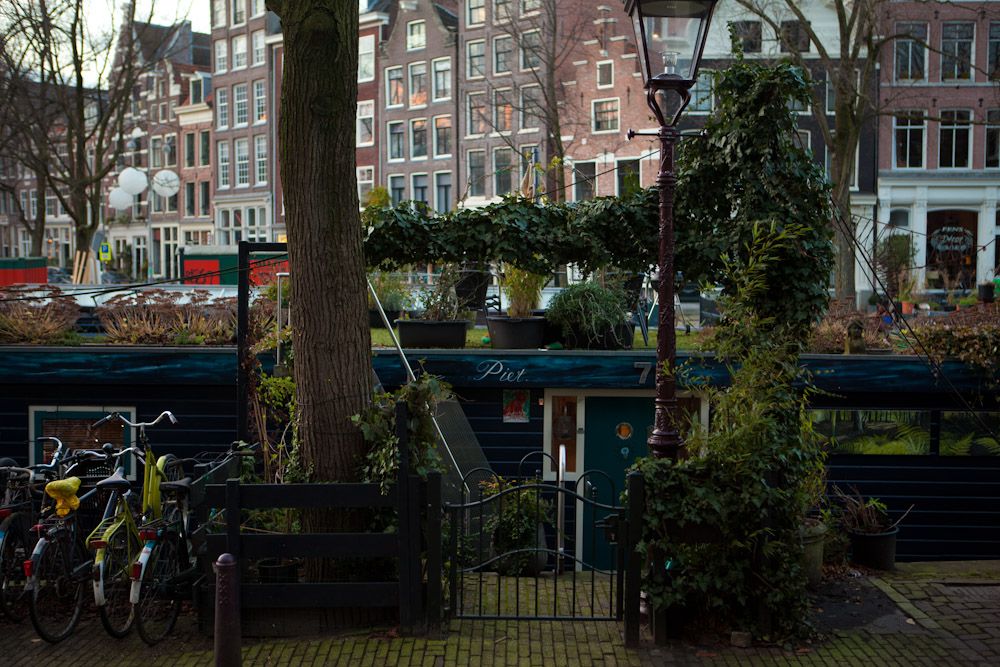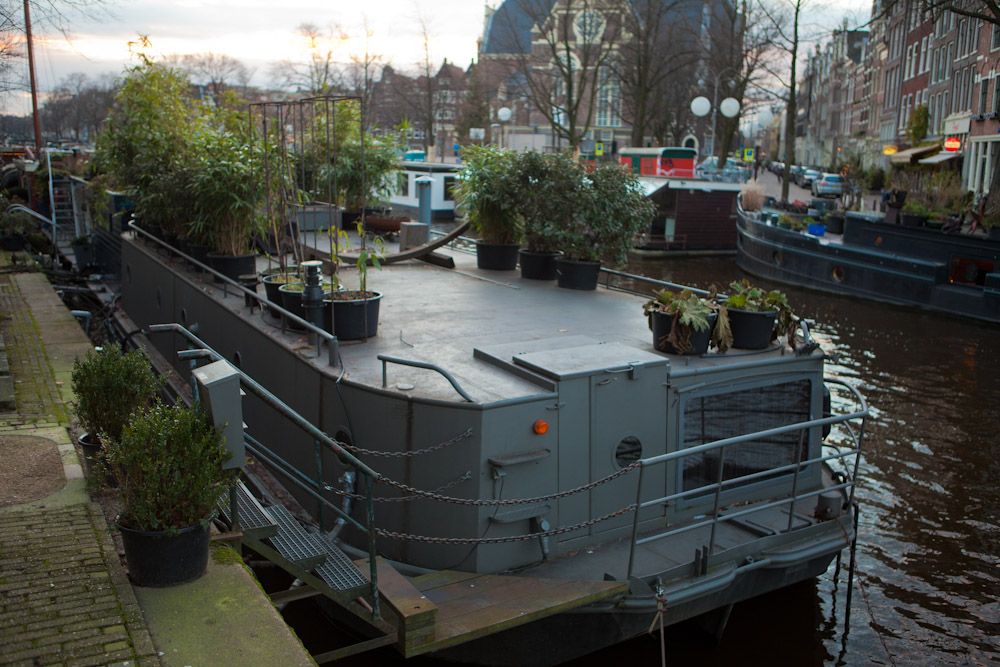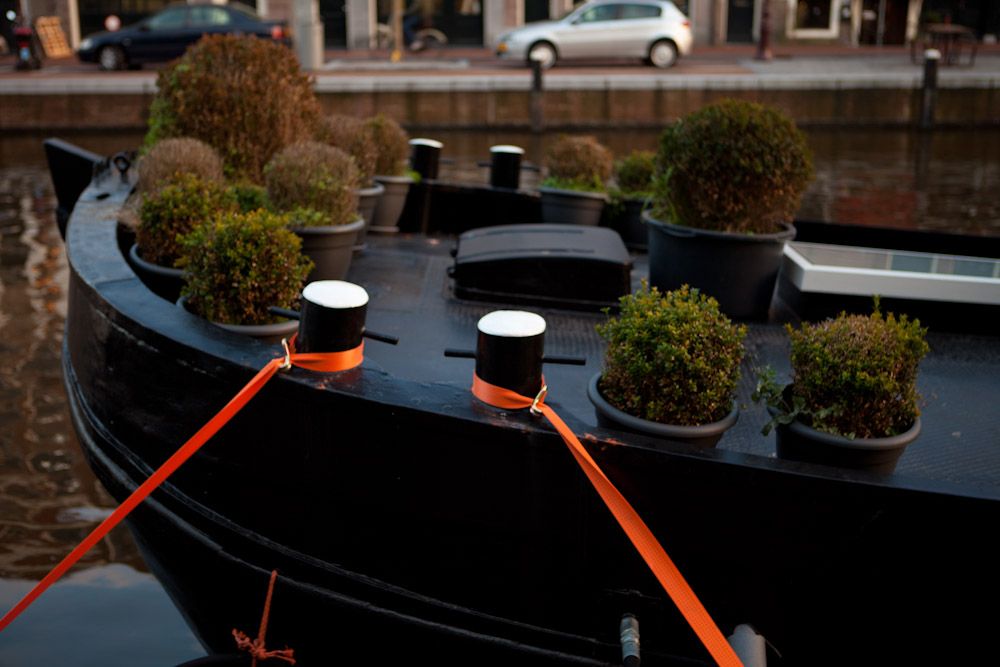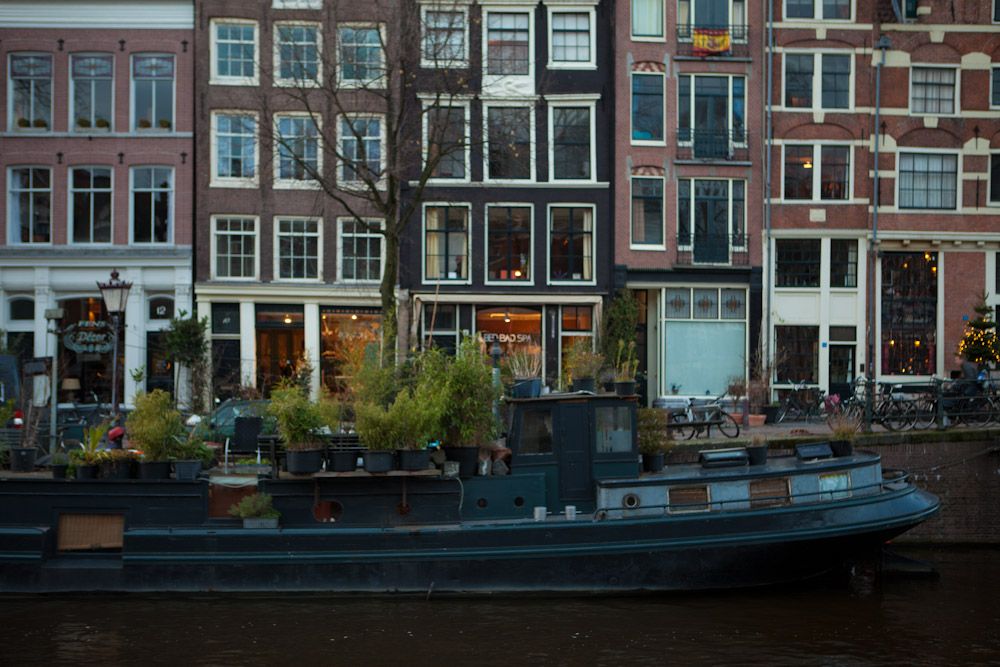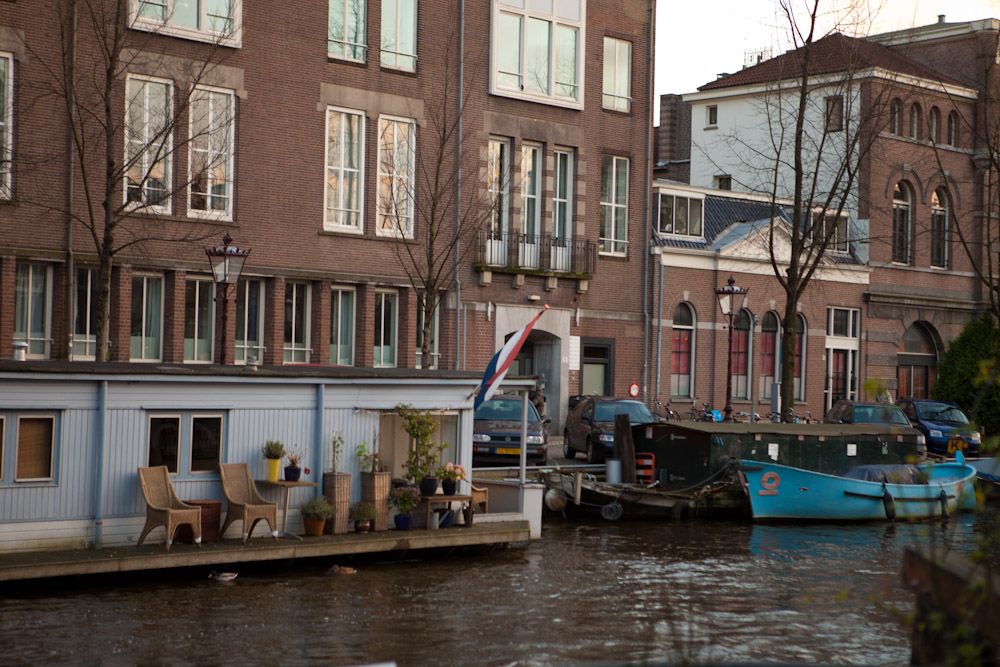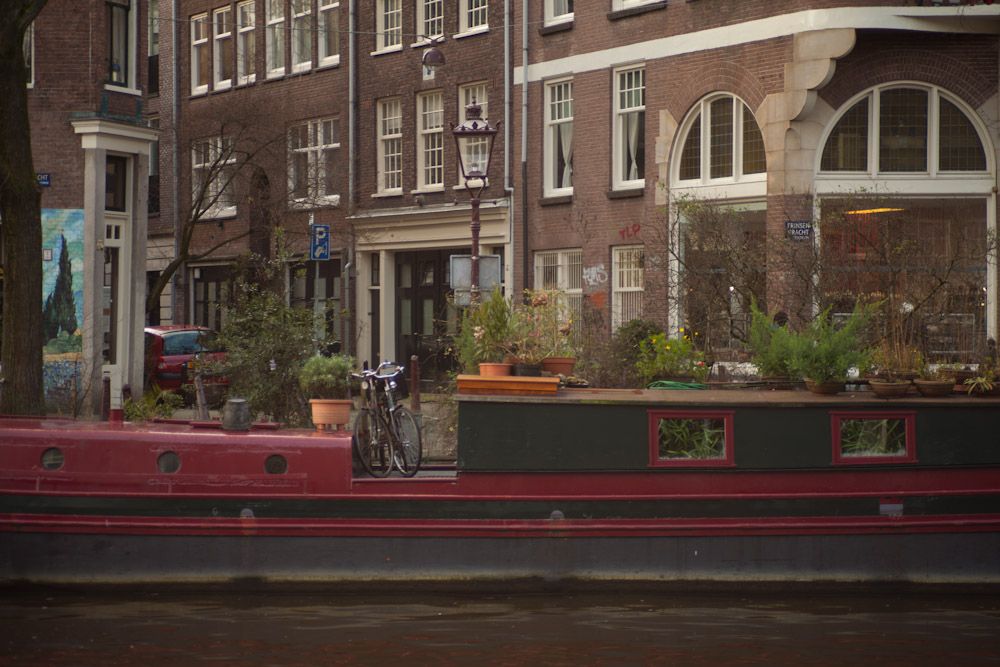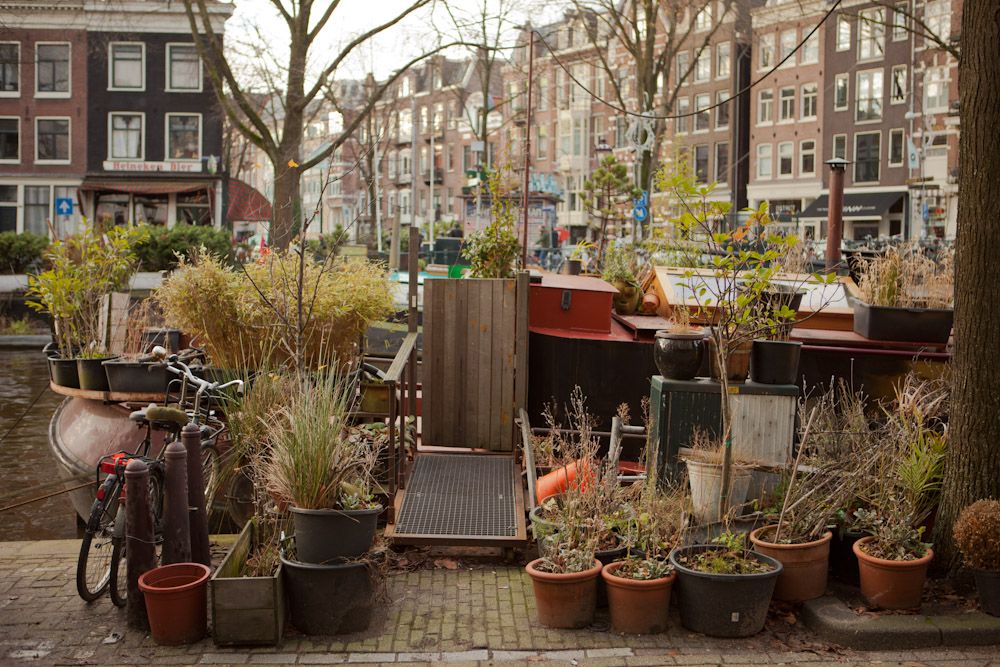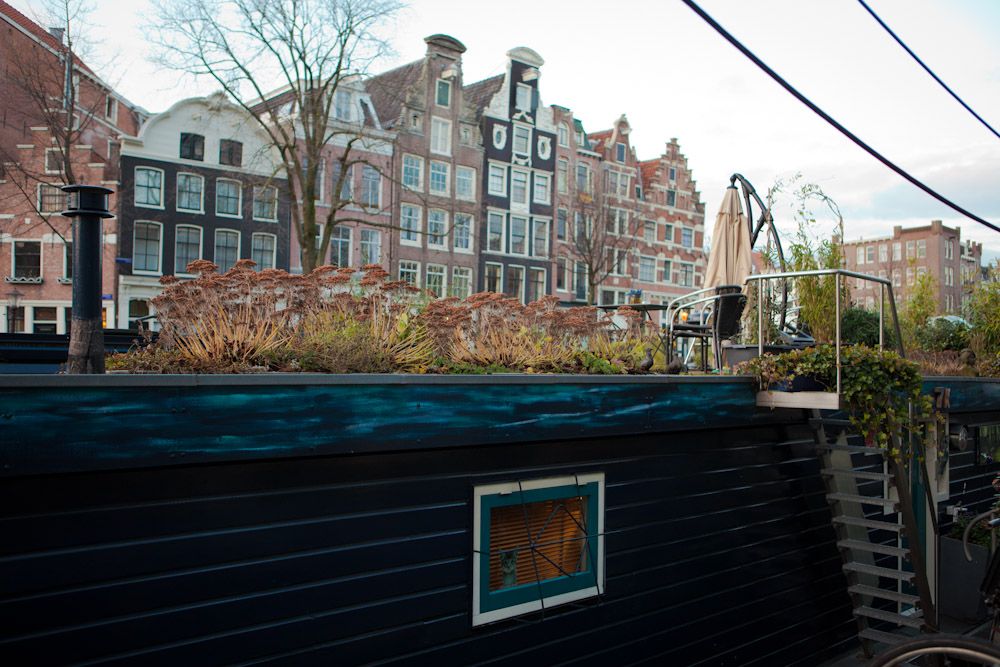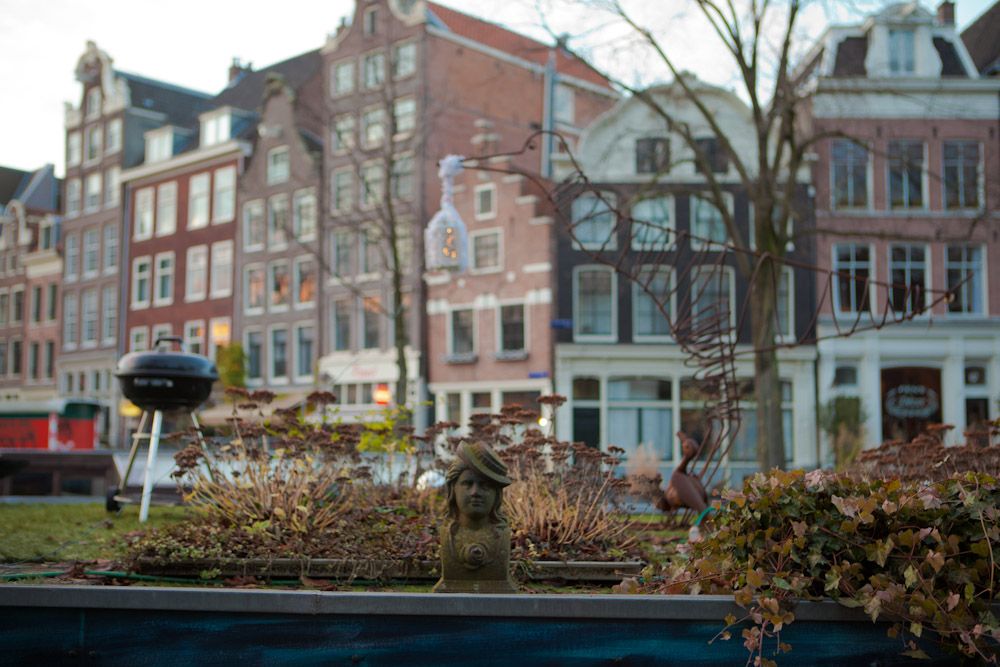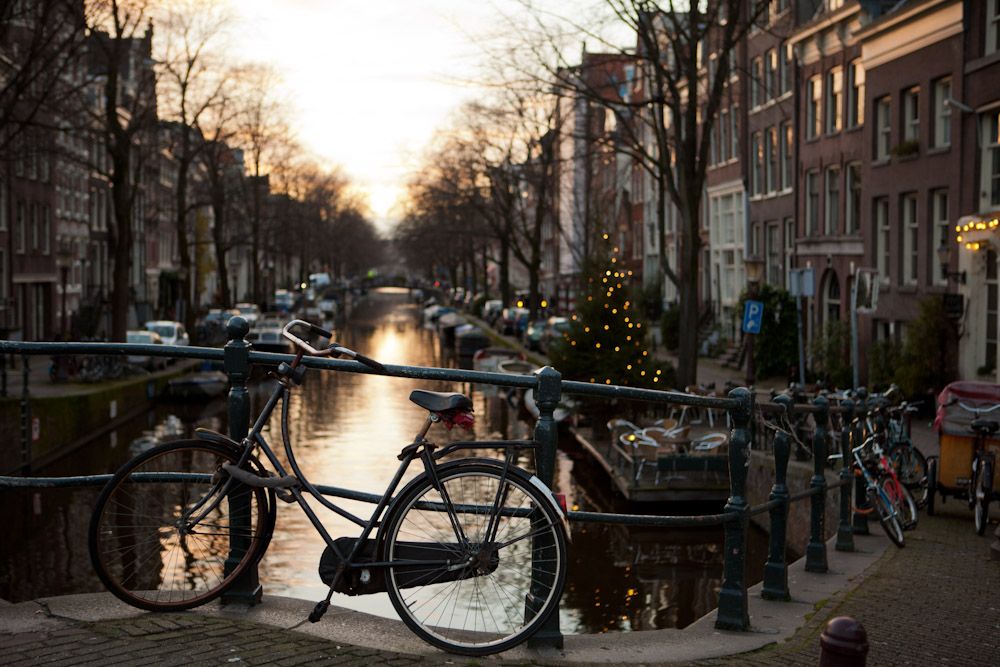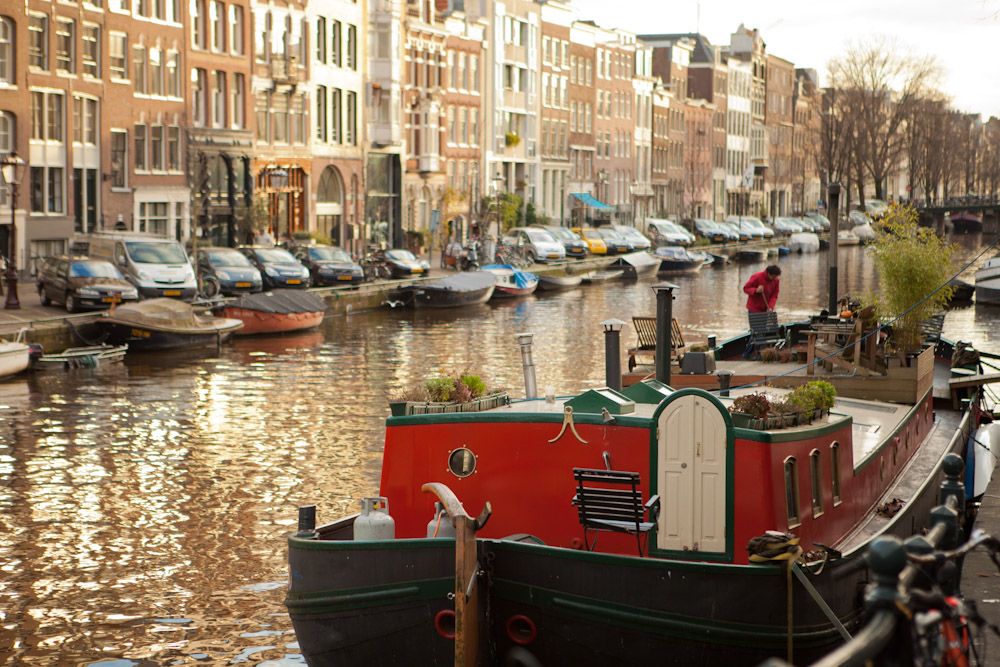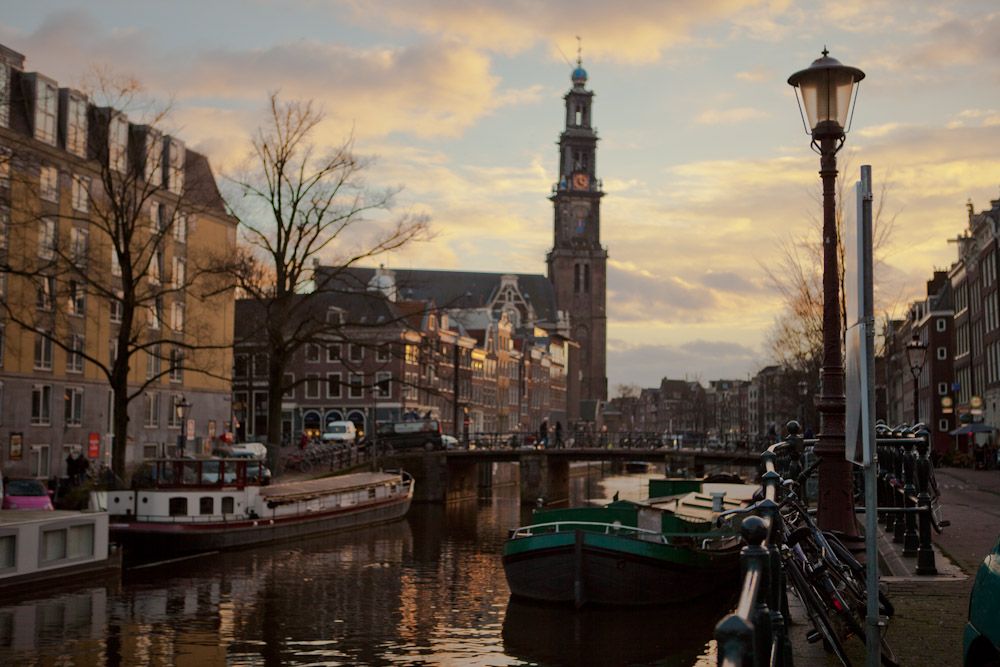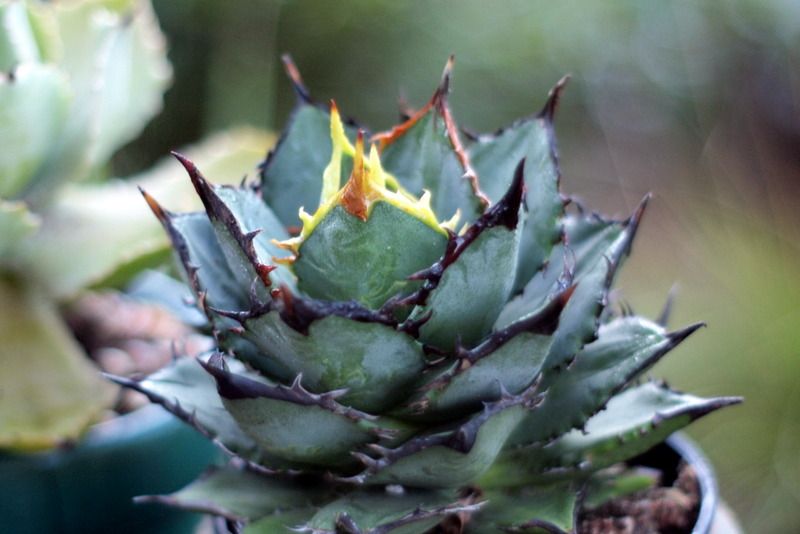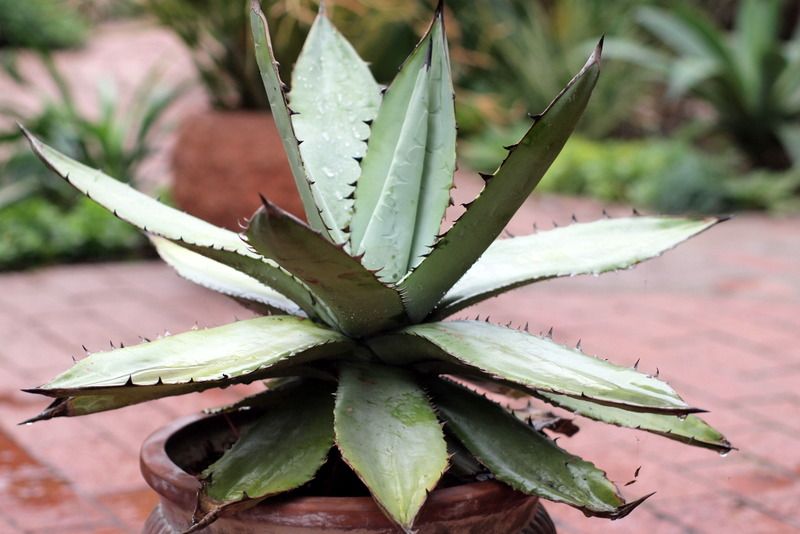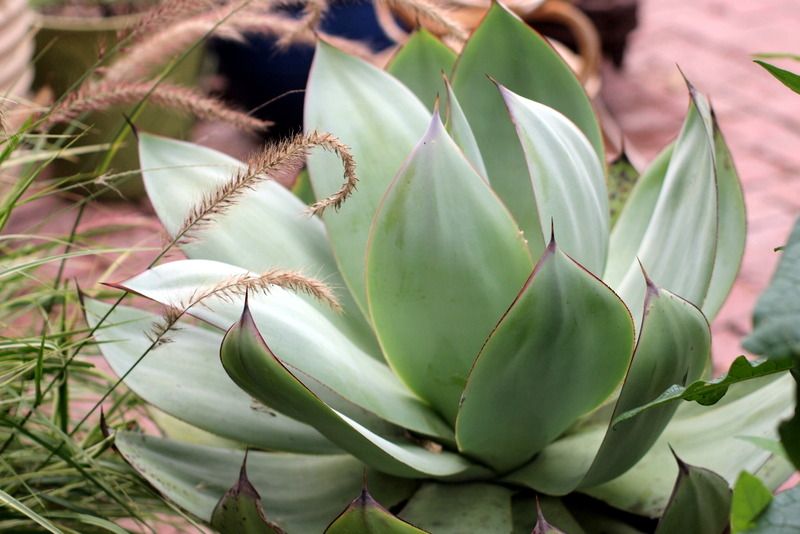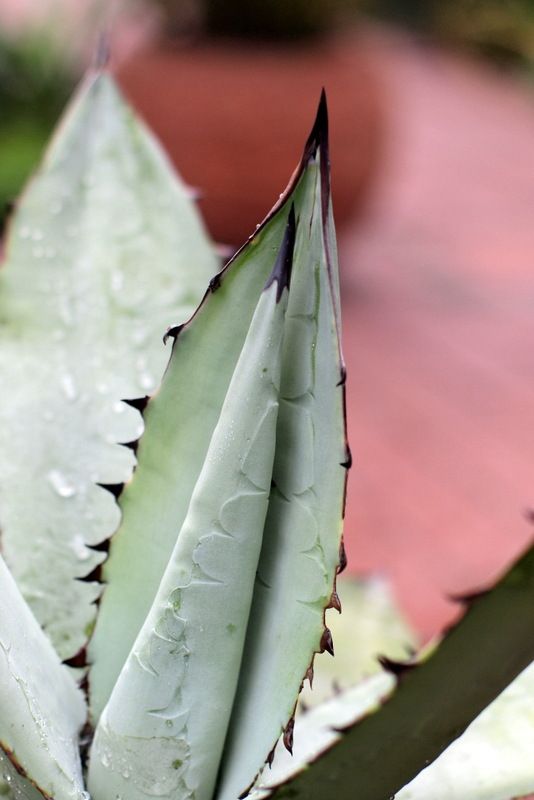I was skimming through the design archives of the Wall Street Journal online yesterday, a wonderful trove of good reading, and recognized the pressed leaves of Macleaya cordata, the plume poppy, used by the shoe designer Christian Louboutin to decorate the walls of his “shoe archive” in France. Mr. Louboutin was mischievously photographed here in his socks.
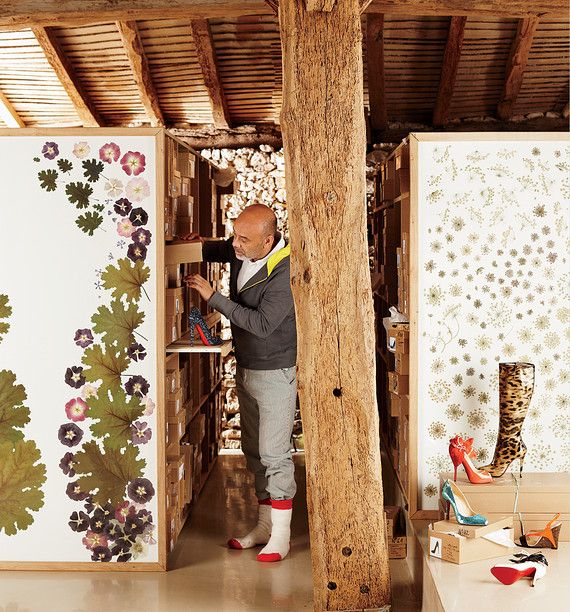
“The shelving in the archive is decorated with botanicals from his garden that have been pressed by a local artisan.”
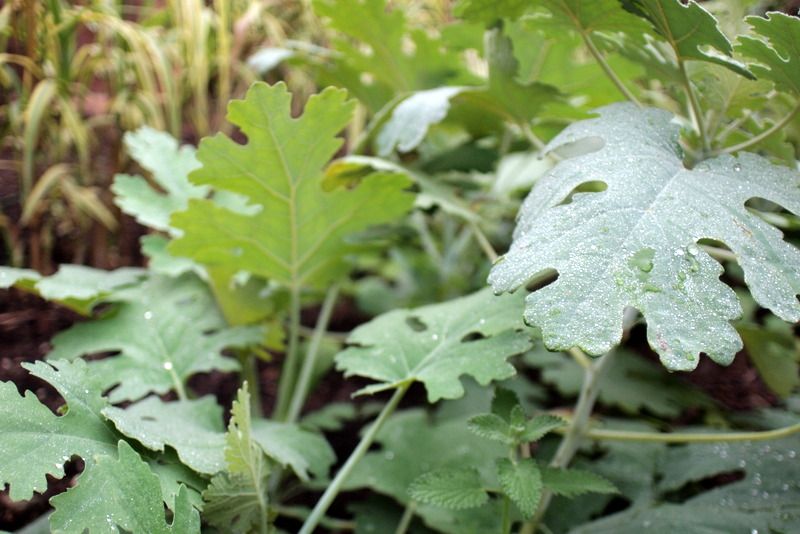
Leaves of the plume poppy in my garden
Often articles like this one, “The Collector,” are as worth reading as any written specifically for a particular branch of design, landscape or otherwise, because good designers draw from a wide array of influences.
More quotes from the article:
“A constant source of ideas is his garden in the French countryside.
He learned about botany during the roaming years of his youth, when he
worked as a self-taught freelance landscaper. ‘The garden allowed me
to see colors, blends of colors and materials, juxtapositions of gloss
and matte surfaces—it was highly instructive,’ he says in Christian
Louboutin, a book celebrating his 20th anniversary, published by
Rizzoli. ‘Still today, if I close my eyes I don’t see satin combined
with velvet; I see the thickness of a pansy, which is deep purple
bordered with white, set against the texture of another plant, and
this combination gives me my colors.'”
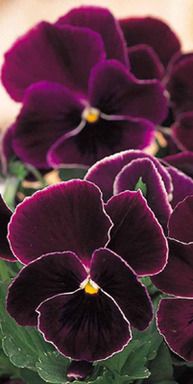
Image found here
And:
“Louboutin spends spring and fall weekends and the month of August at
his home in the Vendée, puttering about in his garden—it’s become his
haven, a place his mind can wander for design ideas as he pulls weeds.
‘The magnolia leaf is like patent leather,’ he notes, ‘and it always
looks beautiful with a deep purple, like prunus purple. There are few
plants that are ugly. It’s how you use them that may not be pretty.'”
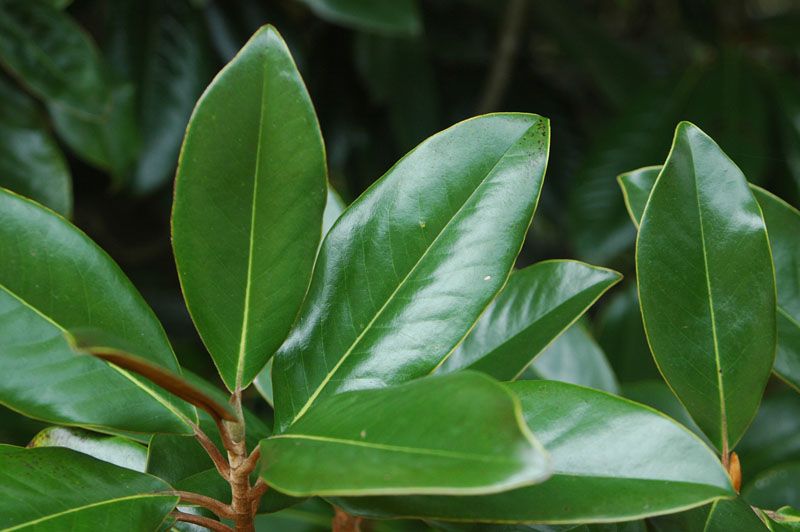
Patent leather sheen of magnolia, image found here
What else merits a clipping? Oh, yes, that great chair at
Terrain, in case Marty checks the blog before Christmas. I wonder if they do layaway.
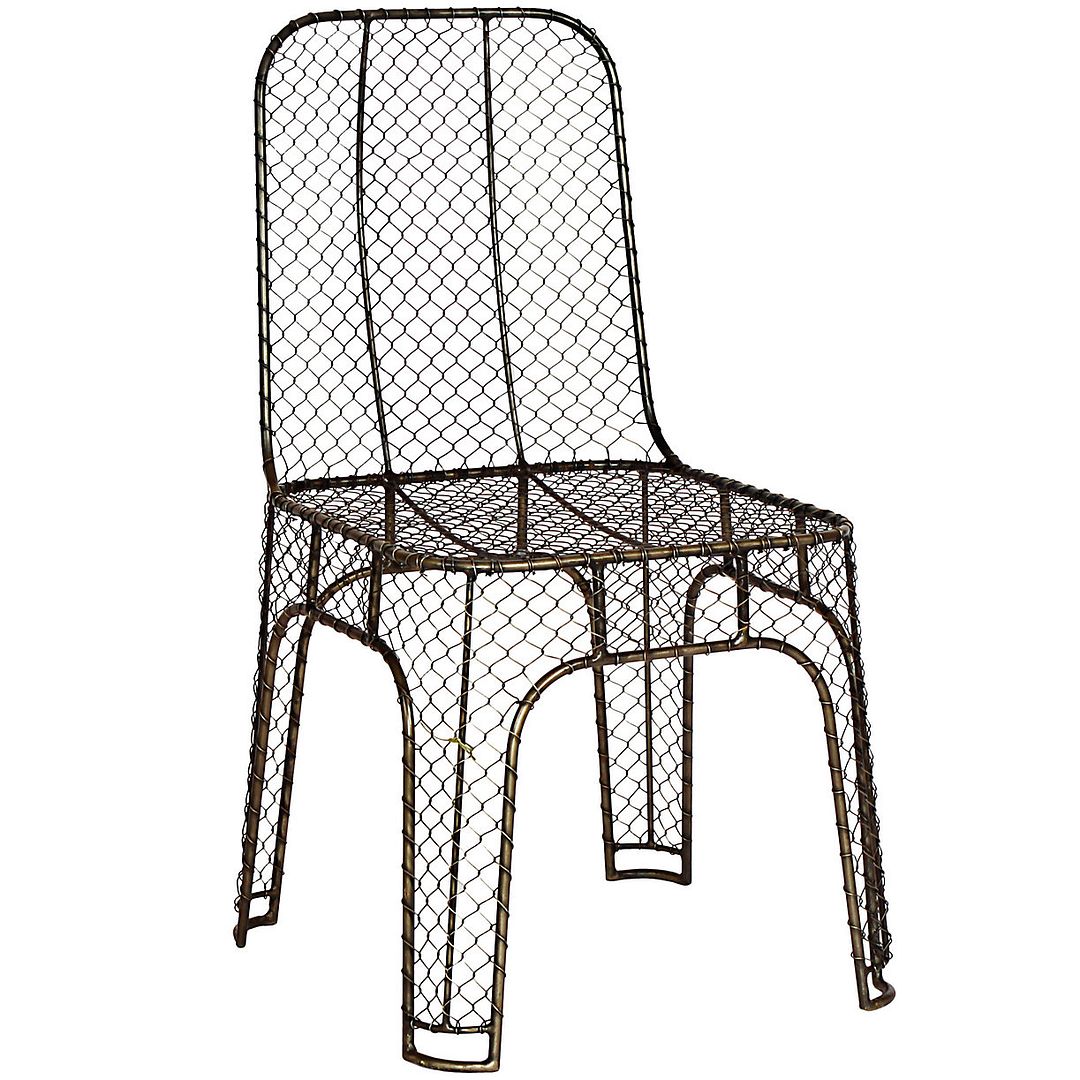
Out in the garden, it always makes me giddy to see a plant bloom for the first time, and when it happens mid-December it threatens to surpass any excitement for presents found under the tree. This morning I noted buds on the Brazilian garlic passion fruit, Passiflora loefgrenii, which should be unwrapping themselves sometime this week.
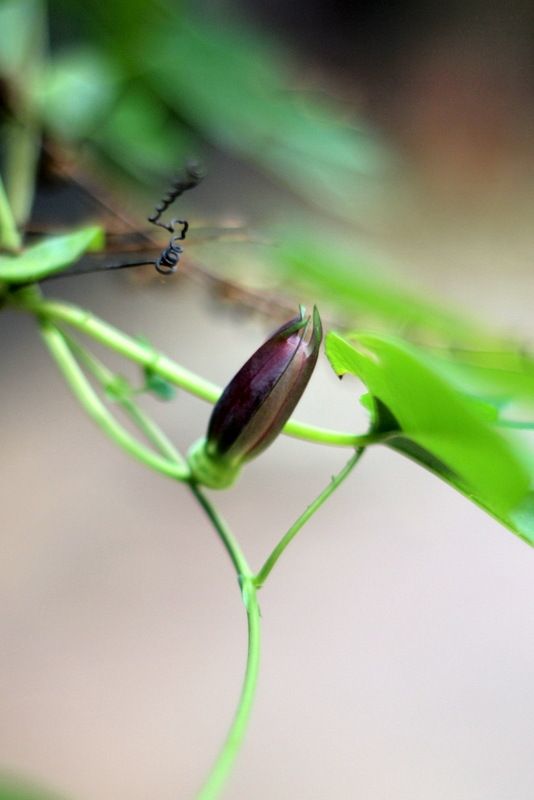
Passiflora loefgrenii
I get seed requests now and then, but don’t necessarily save seed every year. Currently, I don’t really have to, since the garden has built up a rich storehouse of seeds, including:
Orlaya grandiflora
Crithmum maritimum, samphire
nicotiana varietes
Erodium pelargoniflorum
Papaver species, P. setigerum being most predominant
Mirabilis jalapa, the Miracle of Peru, in the lime-green leaf variety
Geranium maderense ‘Alba’
Centranthus ruber ‘Alba’
Teucrium hiranicum
Senecio stellata
Geranium pyrenaicum ‘Bill Wallis’
Nasturtiums
Solanum pyracantha
Mina lobata
Another favorite winter/spring pursuit is to inspect the garden each day and find the ingredients for spring popping up of their own accord, like having a full pantry ready to support the next feast without having to do the grocery shopping.

It’s always a surprise who settles in and gets really happy in the garden. Teucrium hircanicum has been in the garden just two years, but is already popping up everywhere, including between the bricks in the pathways. The pottery shards are used as cat baffles, to prevent disturbance from digging while the seedlings are small. Note the little poppy seedlings close by.
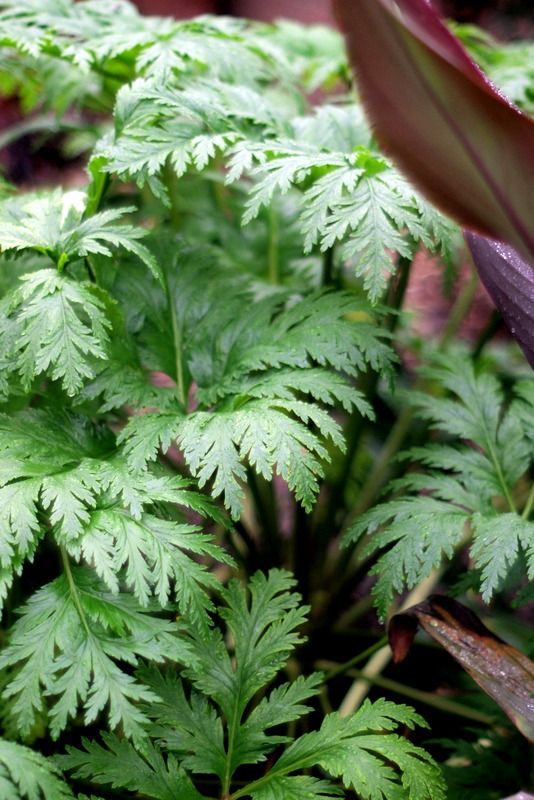
The first leaves of Geranium maderense are as recognizable small as they are large
I can only use a few of each kind, so once the seedlings look strong enough to survive disturbance from cats and grub-seeking possums, it becomes a matter of thinning the multitudes. Some reseed in minute amounts, and the seedlings are found unexpectedly, while absent-mindedly admiring something or other, only to notice nearby two tiny leaves pushing up from the cold brown earth. I’ve found a total of two Solanum pyracantha this way recently, but no more, so these are carefully looked for and potted up. And then there’s the exuberant procreators, like poppies and castor bean, that would prefer to have the garden just to themselves. The only self-sowers not welcomed are morning glories; the seductively dark purple variety ‘Grandpa Otts’ was planted just one season, and I’ve regretted it ever since. The seeds reputedly stay viable for 100 years. I’m told colder zones don’t have this problem with them.
I do have some fresh Mina lobata seeds right now. Annie’s Annuals & Perennials is a source for some of the self-sowers mentioned above.
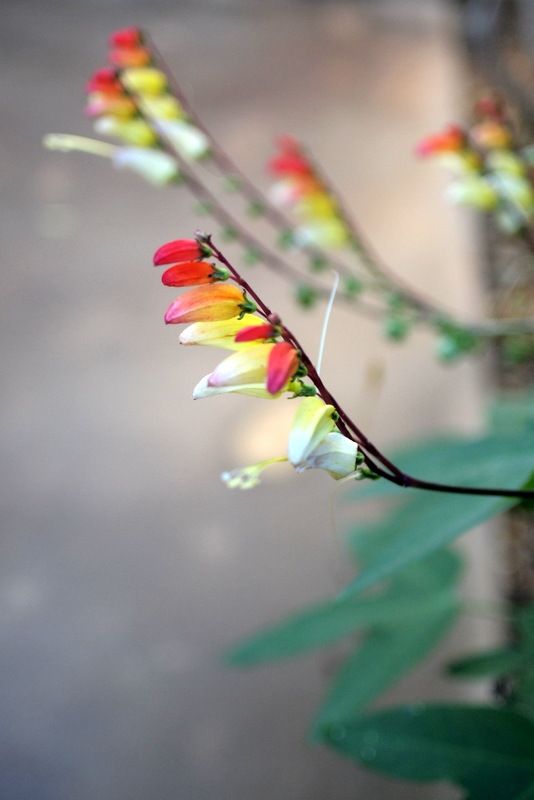
Mina lobata
Some seeds currently on sale at Thompson & Morgan.
